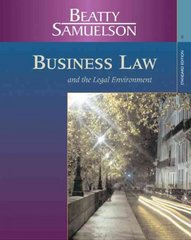
Please answer these questions
Question 1. The price of meat increases by 10%, the quantity demanded of meat falls by 12%. Answer part (a) on the basis of this information. (a) Calculate the price elasticity of demand for meat, and state if the demand for meat is price elastic or inelastic. . The price of pizzas falls by 15%, the quantity of pizzas demanded increases by 14%. Answer part (b) on the basis of this information. (b) Calculate the price elasticity of demand for pizzas, and state if the demand for pizzas is price elastic or inelastic . Your annual income increased from $16,000 to $20,000. Your spending on purchases of bread fell by 5%, while your spending on purchases of food in general and eating out in restaurants increased by 15% and 30% respectively. Answer parts (c) and (d) on the basis of this information. (c) Identify the relevant elasticity of demand concept, and use it to calculate this demand elasticity for each of the three items. (d) Using the elasticity values you have calculated, outline which item is likely to be an inferior good, a necessity and a luxury good. 4. Average household income within a certain rapidly developing country increases by 14% over a 3 year period. Answer (e) and (f) on the basis of this information. (e) The producers of what types of goods will benet (i.e. demand increases) from this increase in standard of living. Give some examples of such goods. (f) The producers of what types of goods will suffer (i.e. demand decreases) from this increase in standard of living. Give some examples of such goods. (g) What factors will determine why one good benets more than another from such a change. 5. It is found that when the price of corn increased by 5%, the quantity of corn supplied increased by 2% after one month and by 7% after one yean Answer parts (h), (i) and (i) on the basis of this information. (h) Calculate price elasticities of supply for the two time periods. Outline in which period supply was price elastic and in which it was price inelastic. (i) Outline two possible factors that might account for the different elasticity values. (i) Explain what will happen to quantity supplied if price increases by 10% and PES = 0. 6. Explain why both the PES and PED tend to be inelastic in the short run for primary goods. 7. A government imposes an indirect tax on the supply of a good with zero price elasticity of demand. Using a diagram, explain why consumers, not producers, could in the end pay this tax










